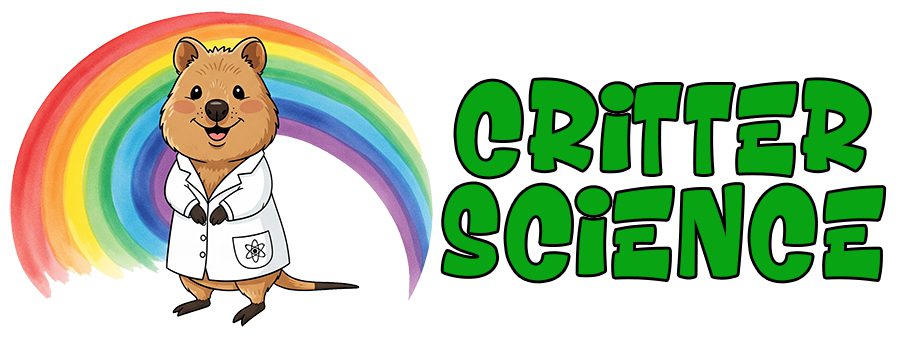- Zoology
- Daily Critter Facts
- For Teachers
- Study Guides
- Diseases & Parasites
- Contact

DORMANCY
Dormancy
Dormancy is an aspect wherein the activity in an animal is halted temporarily. They undergo a reduced metabolic activity that is meant to deal with various environmental and other extremes. By reducing or stopping activity, growth, or development, the animal in question can, almost incredibly so, survive otherwise detrimental or dire consequences. Most animals time their dormancy with changes in the environment and others via prediction. When a creature enters into dormancy due to environmental changes, this is called consequential dormancy. If a critter goes dormant just before harsh conditions begin, this is called predictive dormancy. There are several types of recognized dormancy: aestivation, hibernation, diapause, brumation, and torpor.
Aestivation
This is a type of dormancy which is very much like hibernation. It is described as reduced metabolic rate and inactivity in response to dry conditions and high temperatures. Both invertebrates and vertebrates have the ability to enter into this state to avoid exsiccation. Critters undergoing aestivation appear as though they are in a lighter state of dormancy, since they are able to reverse their physiological state quickly and come back to “normal”. Crocodiles, desert tortoises, desert toads, and salamanders are just a few examples of creatures that aestivate.
Hibernation
This is a state of metabolic depression and inactivity in endothermic (warm blooded) creatures. It is displayed as a reduced heartbeat (by up to 95%), low metabolic rate, slow breathing, and low body temperature. Critters that hibernate typically prepare for it by building up an abundance of body fat during late summer and autumn that helps provide them with energy throughout the winter months. There are 2 types of hibernation: facultative & obligate hibernation. Facultatives hibernate when it’s too cold and food supply has been reduced. Obligates are able to sleep despite access to food and comfortable temperatures. A facultative hibernator would be the black-tailed prairie dog. A few obligate hibernators are: ground squirrels, mouse lemurs, and butterflies.
Diapause
This is a form of delayed development that is categorized as lower metabolic activity in direct response to recurring times of drastic environmental conditions. It is predictive in nature and is determined by the animal’s specific genotype. Diapause can be found in all life stages of arthropods. However, it’s quite common during the invertebrate’s immobile stages (eggs and pupae). About 130 known species of oviparous fish and mammals go through embryonic diapause. Embryonic diapause is categorized as delayed attachment (delayed implantation) of embryos to the uterus lining resulting in spring births, when the weather conditions are optimal for birth.
Brumation
Reptiles undergo this type of dormancy during the late phases of autumn. They typically only wake up to consume water and then go back to sleep. Reptiles eat a great deal of food right before brumation since they can go for months without eating anything. This dormancy can last for about 8+ months depending on the age, health, and size of the reptile in question. This type of dormancy is typically begun by a decrease in daylight and with the onset of cold weather. Reptiles usually don’t brumate during the first year of their lives; rather they simply slow their movements and eat less.
Torpor
Just like hibernation, torpor is used by animals to survive during the winter months. It too involves a lower body temperature, heart rate, breathing rate, and metabolic rate. However, unlike hibernation, torpor is typically an involuntary state that an animal enters into as the conditions determine. Plus, unlike hibernation, torpor only lasts for short periods of time. It can sometimes last through the night or day depending upon the feeding pattern of the animal (diurnal or nocturnal). While active, body functions are normal. However, during sleep, they enter into a much deeper resting period that allows them to conserve energy.
Waking from torpor takes about an hour and the critter typically experiences violent shaking and muscle contractions. This uses energy, but this loss of energy is offset by how much is saved while in the torpid state. Torpor is set off by ambient temperature and the availability of food. Raccoons, bears, and skunks all use torpor to survive the winter.
